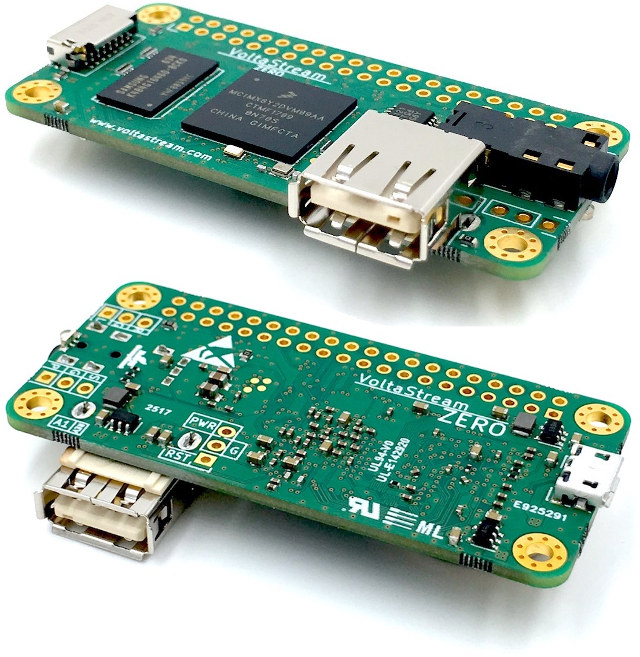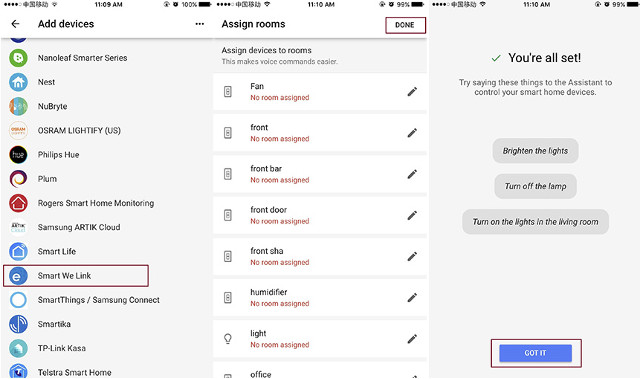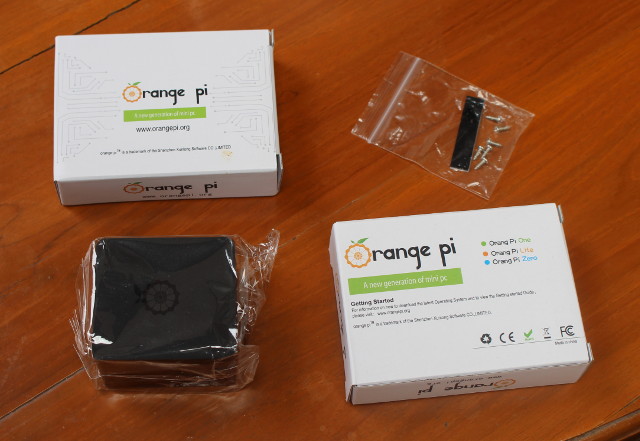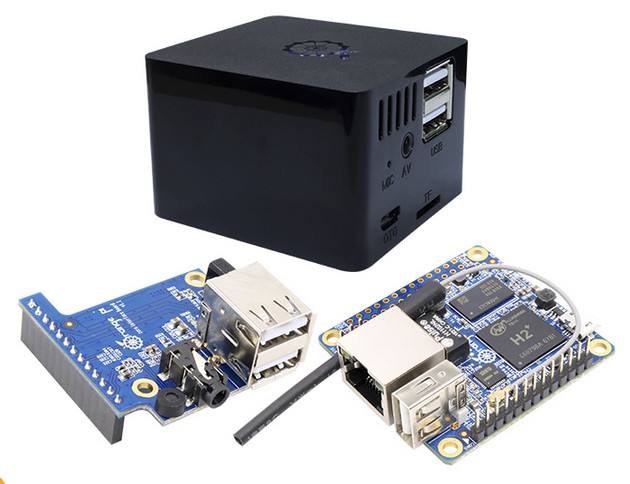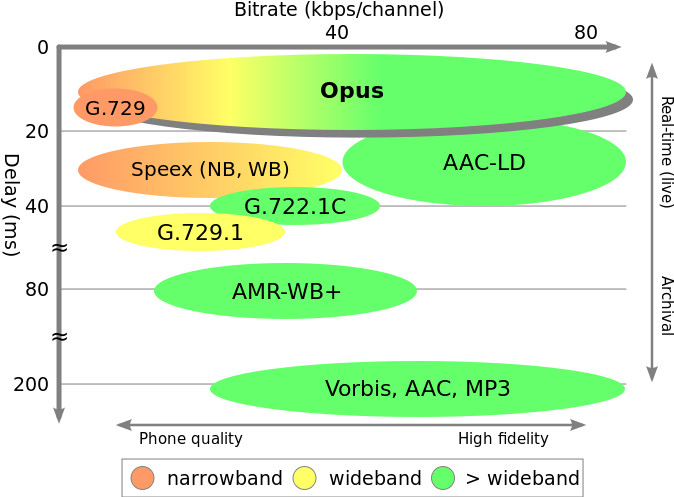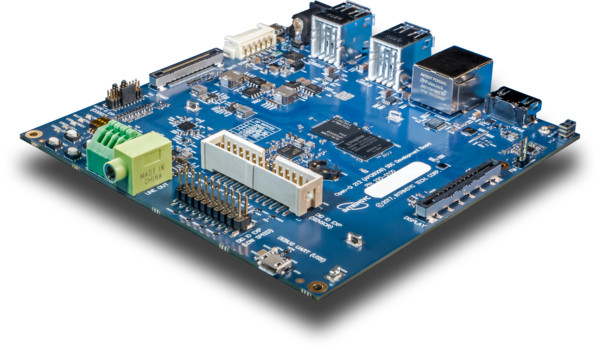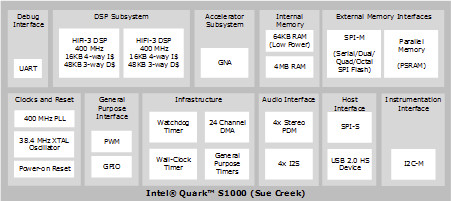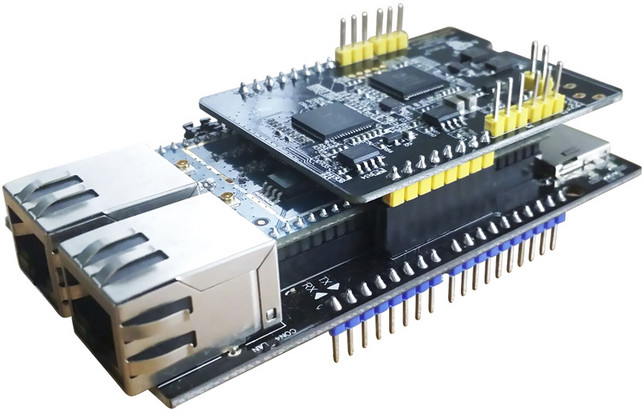Back in 2013. Philip came with the idea of designing a development board for audio application, and after various experiments with off-the shelf Raspberry Pi boards and audio DACs, he founded PolyVection company, and started designing the board. Forwarding to today, he has completed his work and introduced VoltaStream ZERO to the world, a board based on NXP i.MX6ULL processor with 512MB or 1GB RAM, and a choice of Texas Instruments DAC. It also follows Raspberry Pi Zero form factor, like the upcoming Banana Pi BPI-M2 Zero board. VoltaStream ZERO specifications: SoC – NXP i.MX6ULL ARM Cortex-A7 processor @ 996 MHz System Memory – 512 MB or 1 GB DDR3 Storage – micro SD card slot Audio 1x I2S for integrated DAC, 1x I2S for GPIO access, 1x S/PDIF header / TOSLINK jack Analog DAC – Texas Instruments PCM5121 (106 dB) or PCM5142 (112 dB) USB – 1x micro USB […]
Sonoff Wireless Switches & Light Bulbs Now Work With Google Home
ITEAD Studio Sonoff wireless switches can be controlled by voice commands using Amazon Alexa or Google Home, but so far, the latter was only possible by emulating Belkin Wemo switch in alternative open source firmwares such as ESPurna or Sonoff-Tasmota. For people who don’t want to update the firmware themselves, and instead prefer to use the stock firmware with eWelink mobile app, the manufacturer has now announced support for Google Home, on top of the already supported Amazon Alexa service. The instructions are explained in details in ITEAD’s blog post, but basically, you need to start Google Home app in your mobile, select your Google Home device, go to Home Control to add Devices, select Smart We Link, login to eWelink with your username/phone number and password, name the devices you want to control and you’re done. You should now be able to control devices or rooms with voice commands […]
How to Setup an Orange Pi Zero DIY Smart Speaker with Google Assistant SDK
A preview release of Google Assistant SDK working with Raspberry Pi 3 and other ARMv7 boards was released in May, and soon after, AIY Projects Voice Kit was offered for free with Raspberry Pi Magazine in order to a complete smart speaker kit working with RPi 3. I wanted to try it on one of FriendlyELEC or Shenzhen Xunlong Allwinner board, since all we need is audio input and output, and an Internet connection. Earlier this month, I came across Orange Pi Zero Set 6 Kit that had all I needed: Orange Pi Zero ARM Linux board, an expansion board with built-in microphone and audio output jack, and a cute and small case to neatly put everything together. Orange Pi Zero Set 6 Kit Unboxing and Assembly Shenzhen Xunlong sent me the kit so that I can try it out. The package includes two Orange Pi packages, the plastic case, […]
$13 Orange Pi Zero Set 6 Kit Could Make an Inexpensive DIY Google Home Alternative
Since Google released the Google Assistant SDK for Raspberry Pi 3, and other ARMv7 boards, I thought I should it try myself on one of the tiny headless boards I have, as you just need audio output and a microphone. I first planed to use NanoPi NEO board with NanoHAT PCM5102A audio board, a cheap USB microphone, and pair of speakers, but this morning, I’ve come across Orange Pi Zero Set 6 kit that looks perfect for this applications and sells for just $12.95 plus shipping ($18.27 in total for me) with Orange Pi Zero board, Orange Pi Zero interface board, and a case. Orange Pi Zero board is powered by Allwinner H2+ quad core Cortex A7 processor with 512MB RAM, and can run the required Ubuntu/Debian distribution using one of the Armbian images, and connected to the Internet over Ethernet or WiFi, however if you want to use the […]
Opus 1.2 Allows for High Quality Stereo Music @ 32 Kbps, Speech @ 12 Kbps
The Xiph.Org Foundation has recently announced the release of Opus 1.2 open-source audio codec with ever lower high-quality audio bitrate for music (32 Kbps) and speech (12 Kbps), faster encoding and decoding, and other tweaks to the standard and library. If you’ve never heard about Opus or need to refresh your memory, you may want to read my previous article about Opus Open Source Audio Codec. The developers improve music quality by “adjusting the bit allocation trim, improving tonality analysis with better frequency resolution, and improving quality on signals with a few very powerful tones”. You can compare Opus 1.0, 1.1 and 1.2, and MP3 at different bitrates on Xiph website. You’ll need a browser that supports Opus and MP3 in HTML5 for this to work (Chrome, Firefox, and Opera do), or you may hear another sample as if Opus support is missing the file will be played as a […]
Qualcomm Snapdragon 212 Boards – Intrinsyc Open-Q 212 and Kaynes Technology SKATE-212
Qualcomm Snapdragon 212 (APQ8009) quad core Cortex A7 processor is used in entry-level smartphones, but it’s also one of the processors which the company expects to use in their Smart Speaker Platform leveraging Google Assistant, Amazon Alexa, and other A.I. voice services. Two company has designed single board computers that can be used for this purpose: Intrisync Open-Q 212 and Kaynes Technology SKATE-212. Intrisync Open-Q 212 SBC Development Board Contrary to some other Open-Q boards, but not all, Open-Q 212 is not comprised of a baseboard and a system-on-module, as everything is soldered on a single PCB. Open-Q 212 specifications: SoC – Qualcomm Snapdragon 212 (APQ8009) quad core ARM Cortex A7 processor @ 1.267GHz with Adreno 304 GPU, QDSP6 DSP System Memory – 1GB LPDDR3 Storage – 8GB eMMC (non-POP) flash and micro SD card socket Connectivity – Ethernet, pre-scanned Wi-Fi 802.11n 2.4Ghz (WCN3610) with chip and U.FL antennas, Bluetooth 4.1 […]
Intel Quark S1000 “Sue Creek” Processor to Support On-Chip Speech Recognition
Intel may have announced plans to discontinue several of their IoT boards, but based on some documents I received, the company has not given up on the Quark family, although they may have given up on the Intel architecture for low power microprocessor, as Intel Quark S1000 – codenamed “Sue Creek” – will feature two Tensilica LX6 cores (yes, just like ESP32), and is designed to handle speech recognition at the edge (e.g. locally), so some of your voice commands should still work when Internet is down. Intel Quark S1000 key features and specifications: Digital Signal Processors Dual Tensilica LX6 cores @ 400 MHz with HiFi3 DSP Single precision scalar floating-point instructions 16KB 4-way I$; 48KB 4-way D$ Up to 2400 DMIPS, 3.2 GMACS (16×16), 800 MFLOPS of Compute Speech Accelerators A GMM (Gaussian Mixture Model) and neural network accelerator Low power keyboard and limited vocabulary recognition Up to 9.6 […]
Design Amazon Alexa Gateways, Robots and Smart Speakers with WisCore Modular Development Kit
RAK Wireless has launched a new development board powered by Mediatek MT7628A processor running OpenWrt with built-in WiFi and Ethernet connectivity, and audio codec and microphone to support Amazon Alexa voice service. Bluetooth, Zigbee, and Z-wave will also be supported via UART modules. Wiscore Specifications: Processor – Mediatek MT7628A MIPS24KEc CPU @ up to 580MHz System Memory – 128MB DDR2 (64 MB optional) Storage – 16 MB flash + micro SD card Audio MicroSemi ZL38062 for audio in and out MicroSemi ZL38067 to handle “Alexa” keyword single or dual digital microphone up to 5 meter range Far field voice wake up Support for echo cancellation Connectivity 802.11 b/g/n WiFi 2×2 MIMO up to 300 Mbps 2x 10/100M Ethernet (LAN and WAN) Optional UART modules for Bluetooth, ZigBeem Z-Wave USB – 1x USB 2.0 host port Expansion – Arduino headers with UART, I2C, SPI and GPIOs Power Supply – 5V via […]


